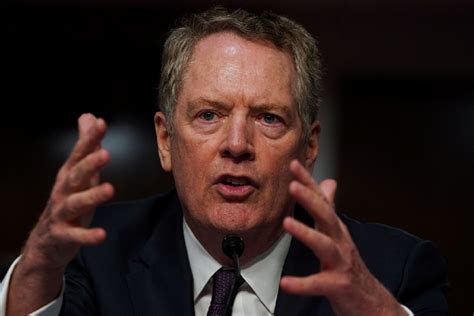The relationship between the United States and India has always been a complex dance of diplomacy, economics, and geopolitics. Recently, this dance has taken center stage as both countries engage in critical discussions around trade agreements amidst new tariffs and economic pressures.
“U.S. and Indian officials concluded an initial round of discussions on a bilateral trade deal in New Delhi over the weekend.”
Imagine a bustling conference room in New Delhi where representatives from both nations sit across from each other, exchanging ideas, proposals, and concerns. This is where the foundation for potential economic collaboration is being laid.
It all started when Indian Prime Minister Narendra Modi and U.S. President Donald Trump shared a stage in Washington. The world watched as these two leaders made commitments to explore avenues for enhancing their countries’ trade relations.
“The time frame is tight, with an agreement on the first phase of a trade agreement targeted for the fall.”
The clock is ticking as negotiators scramble to meet deadlines and iron out details that could shape the future of commerce between these powerhouse nations. With every decision made at the negotiating table, there are ripple effects that will be felt far beyond government offices.
One of the key issues at hand is the looming threat of new tariffs imposed by Washington. These tariffs have put additional pressure on an already delicate situation due to India’s significant trade deficit with the U.S.
“The levies could hit India hard: The country has a nearly $50 billion trade deficit with the United States in its favor.”
This staggering number underscores the imbalance that exists in current trade relations between the two countries. As discussions progress, finding common ground to address such disparities becomes paramount.
While tariffs grab headlines, it’s essential to remember that any trade deal also aims to tackle nontariff barriers. These hidden obstacles can hinder smooth economic interactions between nations despite seemingly fair tariff rates.
“The U.S.-India trade deal is intended to reduce both tariff and nontariff barriers.”
As experts analyze each development in these negotiations, they stress the importance of understanding not just what is said at press conferences or official statements but also what remains unsaid—the implications, nuances, and underlying motives driving each party forward.
In today’s interconnected world, decisions made by leaders thousands of miles away can impact individuals working diligently in factories or farmers tending their fields right within local communities.
This isn’t merely about numbers on balance sheets; it’s about livelihoods hanging in delicate balances waiting for policymakers’ verdicts decided during closed-door meetings or summit handshakes broadcasted worldwide.
Within this intricate web of international relations lies hope for mutually beneficial outcomes that uplift not only economies but also strengthen bonds between people who may never meet but whose lives are interwoven through global commerce.
The story of U.S.-India trade talks serves as a reminder that behind every policy decision lie countless narratives—of businesses striving to thrive, workers seeking security, and nations aiming for prosperity while navigating turbulent waters together
.

